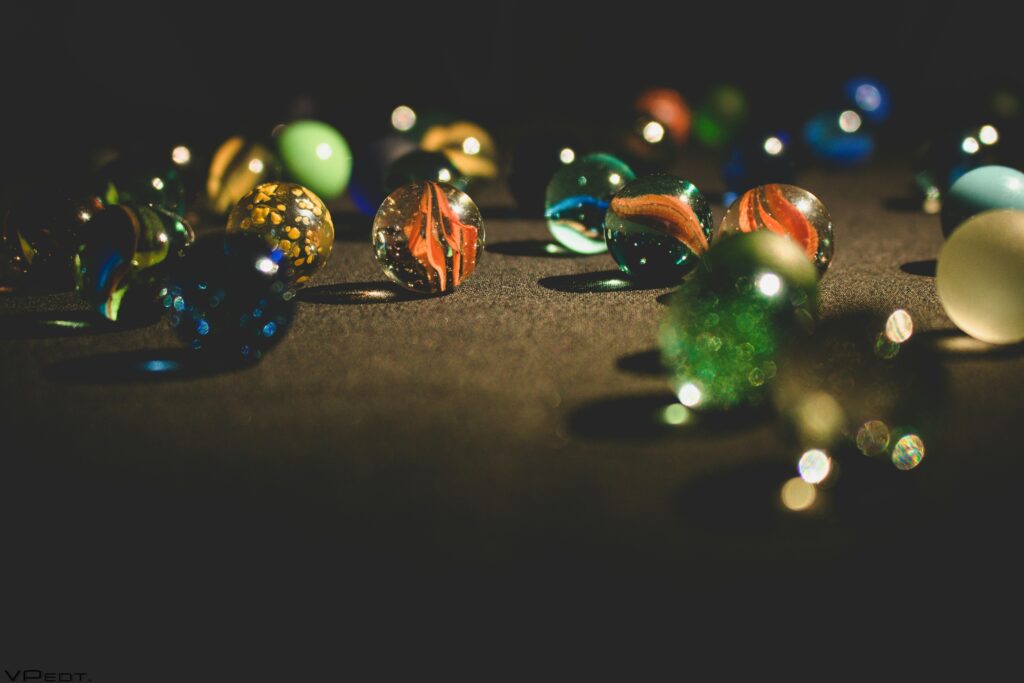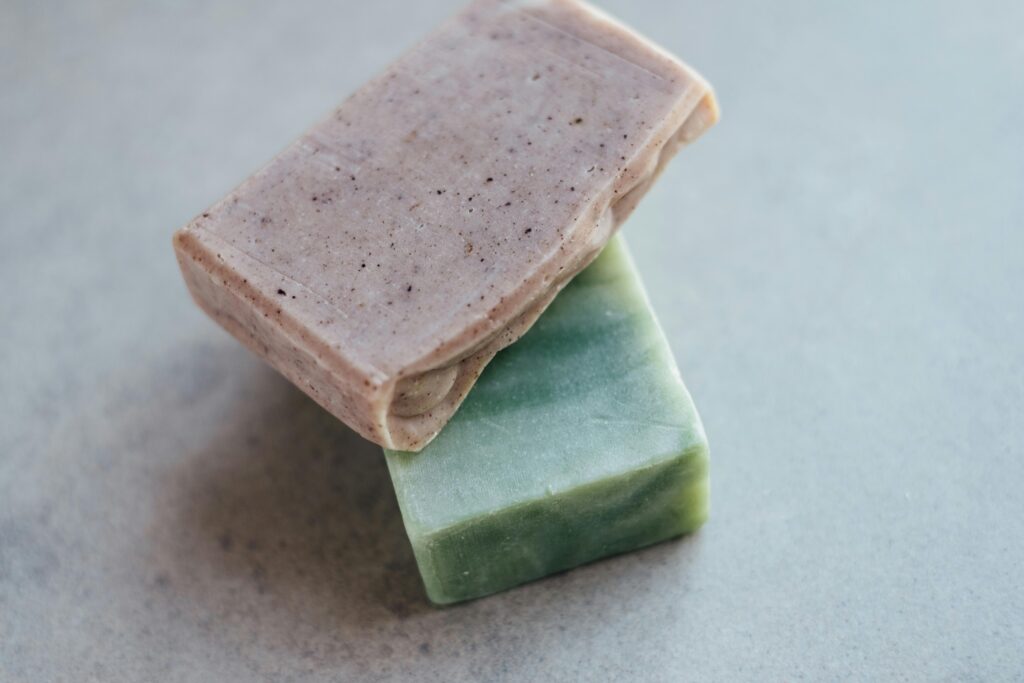Ever wondered how clean your pet’s glass toys really are? Spoiler alert: Probably not as clean as you think. Let’s talk about the microscopic party happening on those shiny surfaces. Yikes.
In this guide, we’ll tackle the nitty-gritty of disinfecting glass toys. You’ll learn why it matters, how to do it right, and some quirky tips only insiders know (yes, there’s a wrong way). Plus, I’m throwing in a rant about overpriced cleaning products that don’t even work. Buckle up!
Table of Contents
Key Takeaways
- Dirty glass toys can harbor harmful bacteria.
- Vinegar and water is an underrated yet effective disinfectant combo.
- Avoid abrasive cleaners—they scratch the surface and trap germs.
- Regular cleaning ensures both safety and longevity of the toy.
Why Disinfecting Glass Toys Matters
Pets love their toys, but they also drool, chew, and occasionally use them as projectiles. All these activities create perfect breeding grounds for bacteria and viruses. Did you know a single gram of dog saliva contains roughly 10 billion microorganisms? Chew on that thought for a moment.
The Horror Story
I once skipped cleaning my dog’s favorite glass chew toy thinking, “Eh, it’s glass—it’s naturally antibacterial.” WRONG. Days later, my poor pup got a nasty stomach bug, and vet bills piled up faster than I could say “Oops.” Lesson learned: Never assume anything when it comes to pet care.
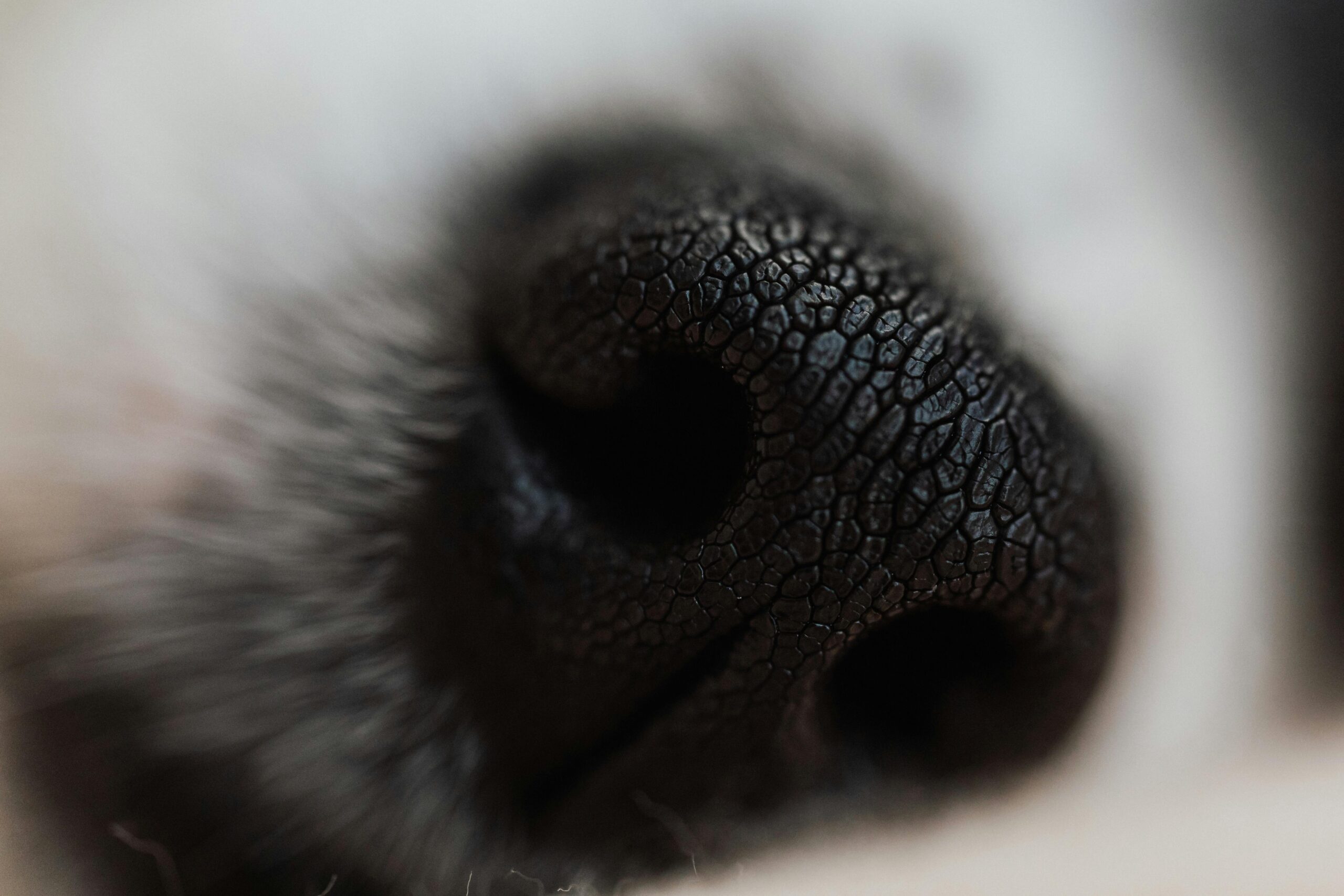
Step-by-Step Guide to Disinfecting Glass Toys
Ready to get those toys squeaky clean? Here’s how:
Step 1: Gather Your Supplies
- Mild dish soap
- White vinegar
- Soft sponge or cloth
- Lukewarm water
Step 2: Wash with Soap and Water
Start by washing the toy with mild dish soap and lukewarm water. Avoid harsh chemicals here—they’re no bueno for pets who like to taste everything.
Step 3: Sanitize with Vinegar
Create a solution of equal parts white vinegar and water. Soak the glass toy for at least five minutes. This natural powerhouse kills most common germs without damaging the material.
Step 4: Rinse Thoroughly
Rinse the toy well under running water to remove any residue from soap or vinegar. Dry completely before returning it to your furry friend.
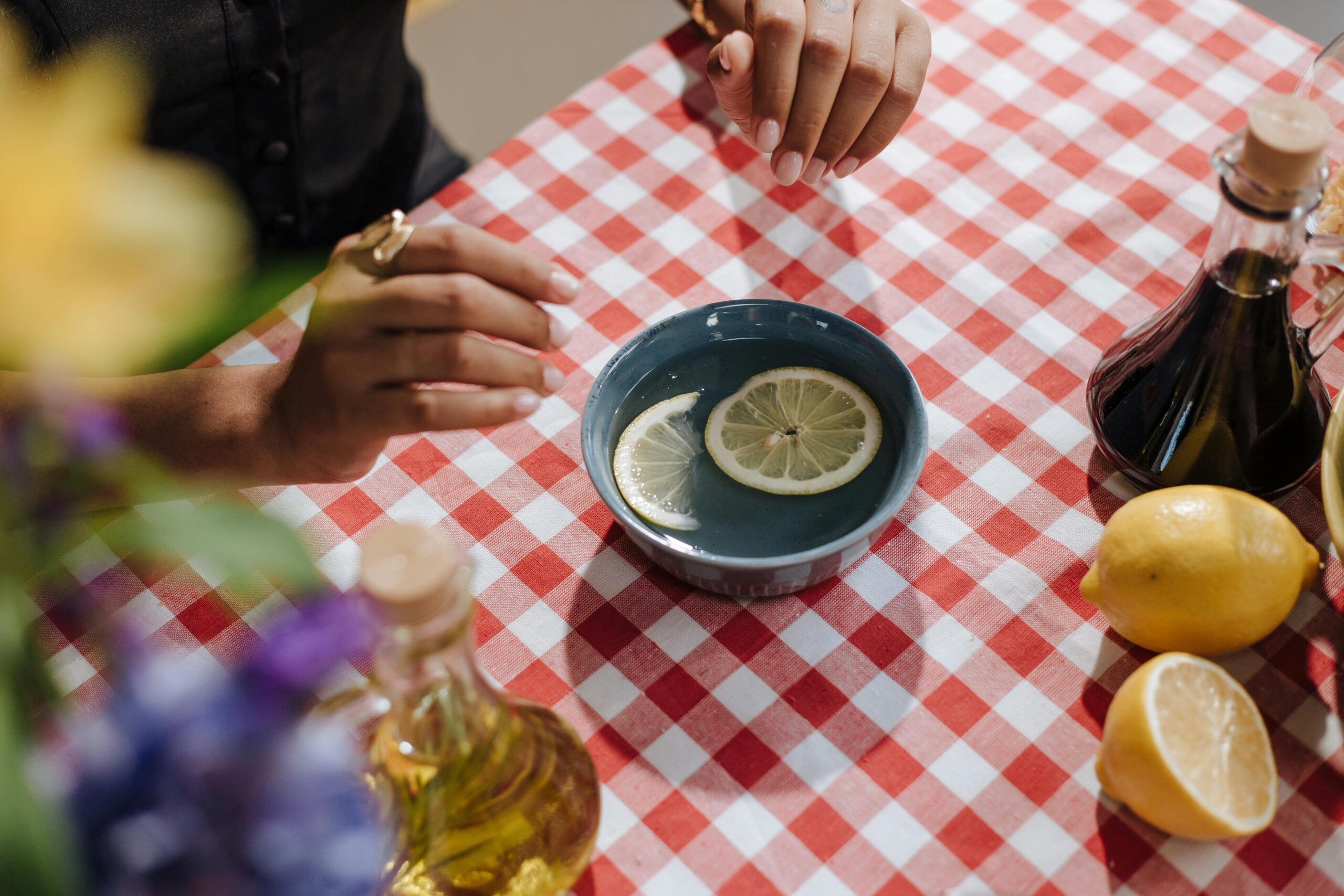
Tips & Best Practices
Optimist You: “It’s easy, just follow the steps above!”
Grumpy You: “Wait, hold on—there’s a catch. Always read labels!”
- TIP: Use non-abrasive tools to avoid scratching the glass surface.
- FAIL: Don’t put glass toys in the dishwasher unless explicitly stated they’re safe. Explosion risk ahead!
- HACK: For extra peace of mind, occasionally disinfect using diluted hydrogen peroxide (1 part peroxide, 9 parts water).
Real-Life Examples
Let me tell you about Bella, a Labrador Retriever whose owner religiously cleans her glass toys weekly. She hasn’t had a single infection in years—and her vet loves bragging about her during checkups.
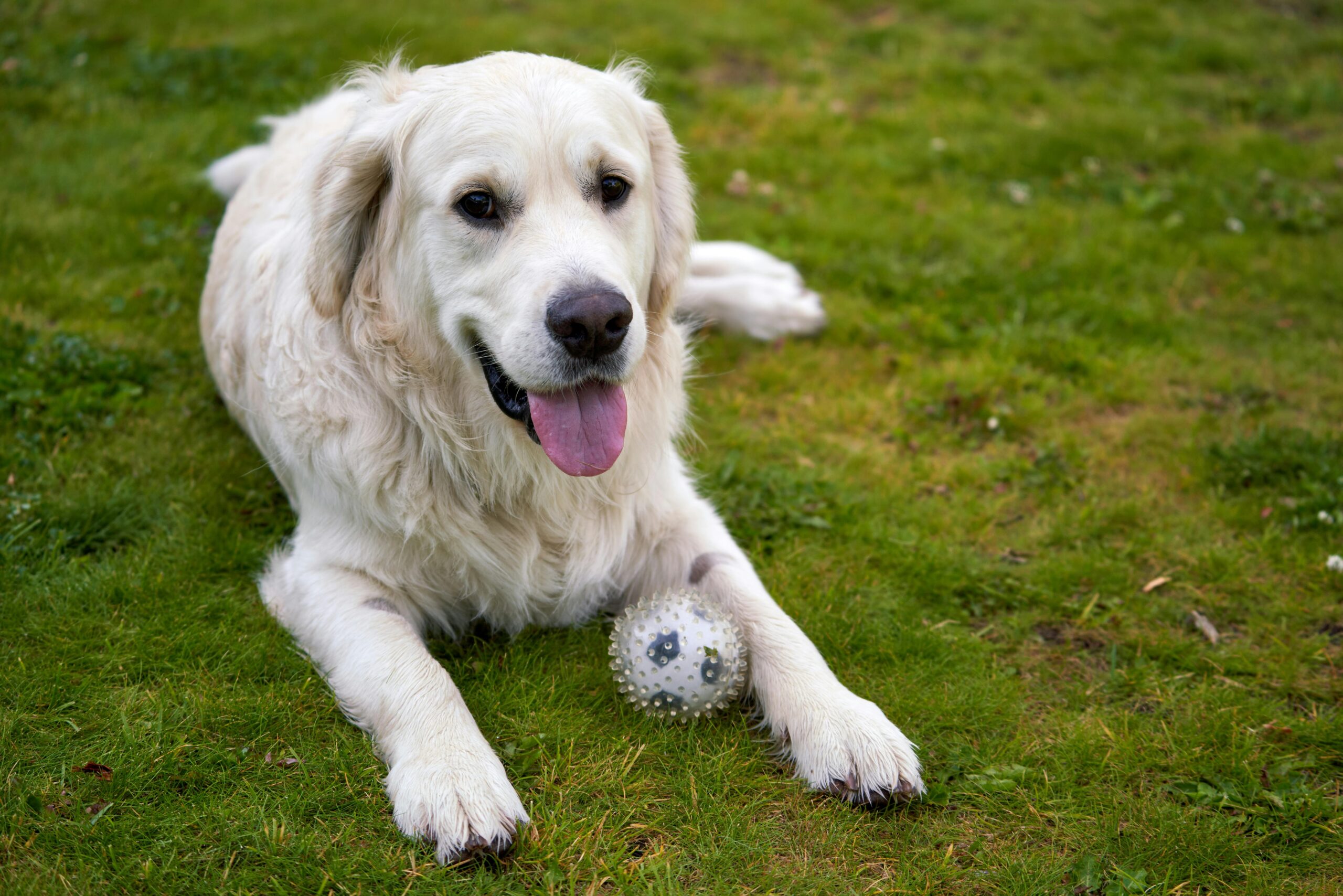
Frequently Asked Questions
Can I Use Bleach to Clean Glass Toys?
Nope. While bleach is great for killing germs, it leaves behind residues that are toxic if ingested. Stick to safer alternatives like vinegar.
How Often Should I Clean My Pet’s Glass Toys?
At least once a week, especially if your pet plays with them daily. Increase frequency if the toy comes into contact with food or treats.
What Do I Do If My Glass Toy Has Scratches?
If scratches trap dirt or bacteria, it might be time to replace the toy. A scratched surface can never truly be fully sanitized.
Conclusion
Cleaning your pet’s glass toys doesn’t have to feel like rocket science. With simple tools like vinegar and water, you can keep them hygienic and extend their lifespan. And hey, maybe save yourself a trip to the vet while you’re at it.
Remember, consistency is key. Just like training a Tamagotchi back in the day, regular TLC keeps things running smoothly. Now go forth and disinfect with confidence!

